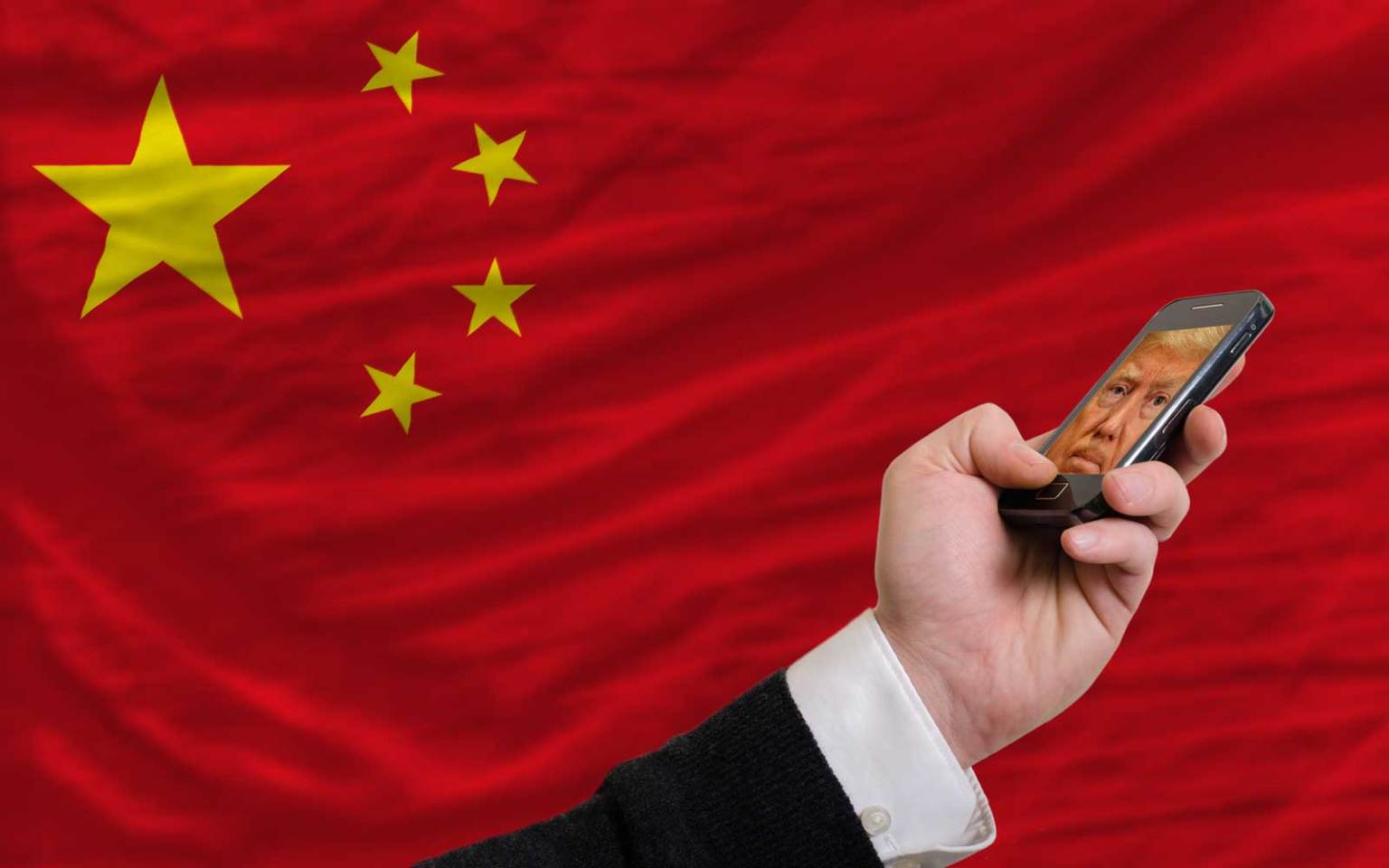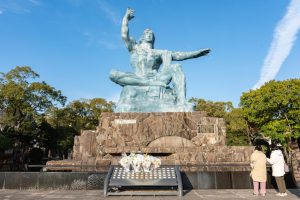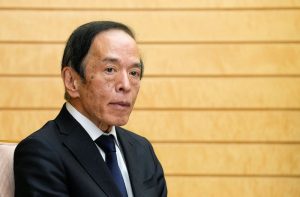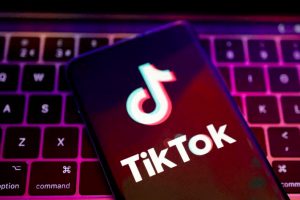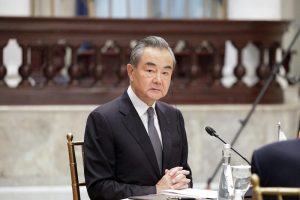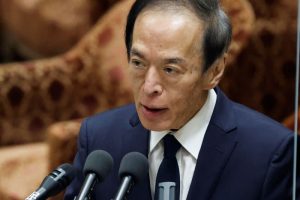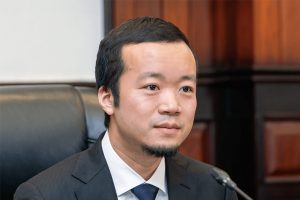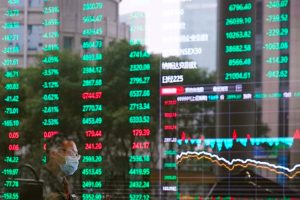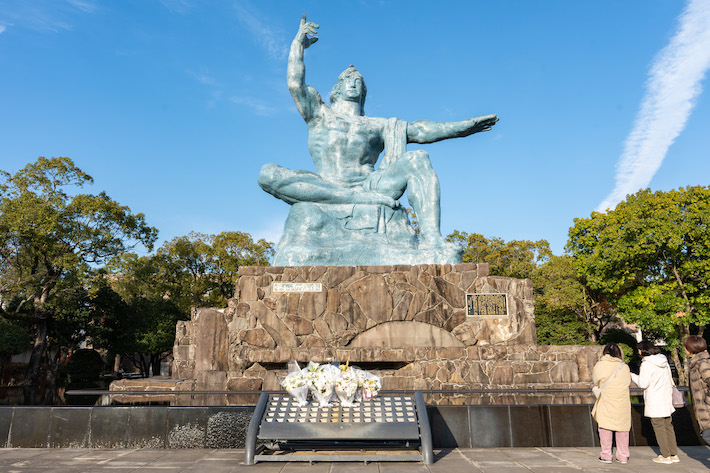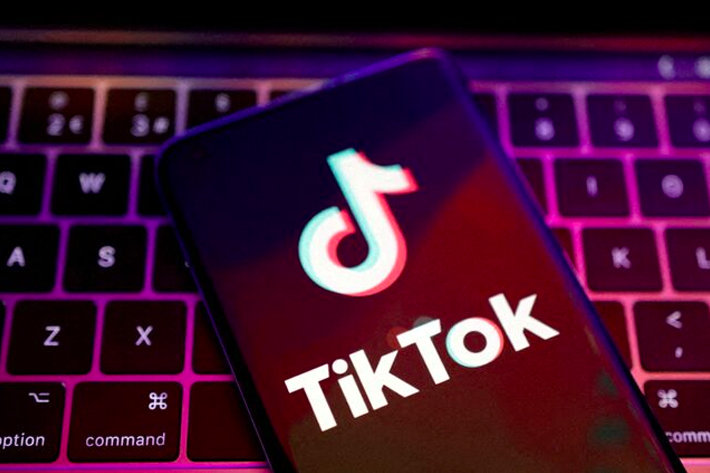(ATF) The US District Court for the District of Columbia ruled on Sunday to suspend the US Department of Commerce’s (DOC) administrative order to remove TikTok from US mobile app stores. The DOC subsequently issued a statement that it would obey the ruling.
According to the Peoples’ Daily newspaper in China, TikTok’s attorney John Hall said that the app has 100 million users in the US and that taking it down will hinder freedom of speech. In response, Federal Judge Karl Nicholas of the District of Columbia made the order delaying the shutdown of TikTok in the US.
The US government’s delisting order originally took effect at 23:59 pm Eastern Time on the 27th, which means that American users will not be able to download the application, and users who have already downloaded the app will not be able to continue to receive updates.
TECH WAR: Judge blocks Trump administration’s ban on new TikTok downloads
The latest ruling by the federal judge means that TikTok can continue to operate normally until a full hearing is held in the federal court, but the specific date has not yet been determined.
“We have noticed relevant reports,” Chinese government spokesman Wang Wenbin said. “China has always opposed the US bullying practices that broaden the concept of national security, abuse of national power, and unreasonably suppress enterprises in other countries. We hope that the US will truly respect the principles of a market economy and fair competition, abide by international economic and trade rules, and provide a fair, open and non-discriminatory business environment for companies from all over the world to invest and operate in the US.”
Despite Wang’s comments, China does not offer reciprocity in these — it does all the things it accuses the US of doing, which partly led to the TikTok row in the first instance. There are a lot of contradictions on both sides of this saga.
Chinese firms, its government and citizens are watching the case unfold with rapt attention — as it has serious implications for Chinese firms operating in the US and allied nations.
A Netease editorial commented that the row is historic. “Never has there been such a big wave between China and the United States, which even attracted the president of the United States to frequently lose face.”
Since TikTok landed in the US in 2018 and became the country’s most downloaded and installed app, its user base grew rapidly to almost 100 million and the company now employs 1,400 people with plans to add 10,000 high salaried positions within three years, Netease reported.
TikTok had become a thorn in the side of the US government and upset tech veterans, such as Facebook, by taking market share, Netease wrote.
There are different opinions in the Chinese media, but there is a fairly consistent view that is Zhang Yiming, the founder of parent company Bytedance, is “walking on a road that no one has ever walked before”, meaning he is breaking new ground, whatever the outcome.
Here is the series of events in the TikTok saga to date.
Early July: “The United States does not rule out the possibility of banning applications such as TikTok”, Peter Navarro, director of the National Trade and Manufacturing Policy Office of the White House, says, shocking China, the US and the world. The rapidly developing TikTok in the United States has already encountered a total ban in India, its biggest market outside of China.
July 9: Ban is announced, based on security concern that the app can scraping user data and pass it to the Chinese government. US staff start jumping ship. Forbes cites a poll that showed that 53% of American adults opposed the ban.
July 13: Chinese Ministry of Foreign Affairs spokesperson Hua Chunying tells US: “The United States boasts strong values, but why is it so afraid of a social media app that young people generally love to share entertainment videos easily?”
July 20: House of Representatives passes bill prohibiting federal employees from using TikTok on government equipment.
July 31: On Air Force One, Trump tells reporters that TikTok will be prohibited from operating in US.
August 3: Zhang issues open letter acknowledging that Bytedance is under tremendous external pressure. “Under the current circumstances, TikTok’s US business is facing the possibility of being forced to sell by Committee on Foreign Investment in the United States(CFIUS), or TikTok products may be banned in the United States due to administrative orders,” he says.
Zhang has already begun communicating with several top private equity firms as well as Microsoft, Oracle and Wal-Mart to cut deals that will allow it to continue US operations.
Microsoft issues a statement confirming for the first time the negotiation with ByteDance on the acquisition of TikTok. It also reveals that Microsoft and TikTok’s parent company Bytedance has submitted preliminary proposals to CFIUS to purchase TikTok services in the US, Canada, Australia and New Zealand. Microsoft intends to own and operate TikTok in these markets.
It’s rumoured that Microsoft will pay $50 billion for TikTok. Analysts note the tech giant lacks social media products, and tens of billions of acquisitions are likely to open another window for Microsoft.
The link between Microsoft and China is much deeper than at most Silicon Valley internet companies and Zhang worked at Microsoft. It seems Microsoft will take over TikTok – but things are far from simple.
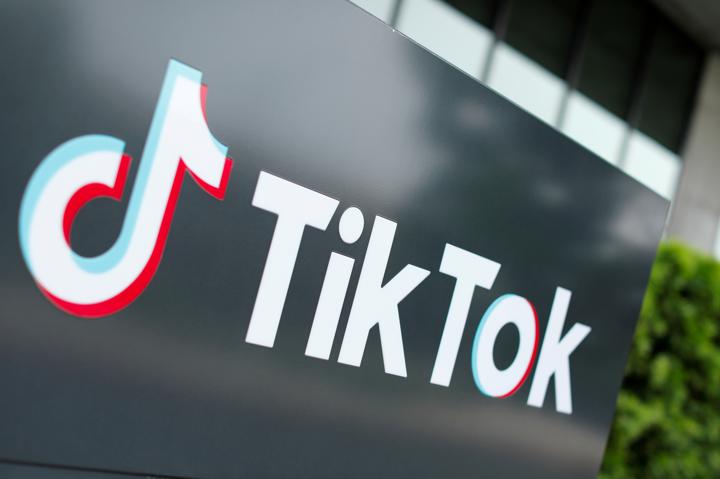
August 7: Trump issues executive order prohibiting American individuals and entities from having any transactions with ByteDance after September 20. This means that TikTok must find a way to continue operating in the US.
August 8: The Wall Street Journal reports that Twitter has begun preliminary negotiations with ByteDance to acquire TikTok.
Mid August: The Financial Times reports that venerable US IT company Oracle and ByteDance conducted preliminary negotiations and seriously considered purchasing the app in the US, Canada, Australia and New Zealand.
“Why did the style of painting change and the one who took over TikTok change from Microsoft to Oracle?” Netease asks. According to media analysis, Microsoft’s initial plan is to acquire 75% of the shares of related companies in the US, Canada, Australia and New Zealand, while Zhang retains the rest. However, Trump’s administration requires TikTok to be completely separated from Bytedance and Microsoft’s offer is deemed too low, which means Bytedance must “change ” its proposed buyer.
August 18: Trump confirms Oracle’s purchase intention.
While Twitter is regarded as the closest app to TikTok this is not what Zhang wants after spending a lot of effort to deploy TikTok on the global market.
Discrepancies appear own the rival companies understanding of what’s at stake: Oracle investors want 40% of ByteDance, increasing to 53% with the inclusion of another suitor, Wal-Mart. Bytedance says their holdings will only equate to 20% of holdings.
It’s suggested Kevin Meyer, who Zhang hired as TikTok CEO, secretly planned a deal with American investors.
In negotiations Bytedance’s position to “retain most of TikTok’s equity and control over the algorithm” becomes a sticking point. Oracle retorts that”the newly established TikTok joint venture company will be completely separated from Bytedance, and Bytedance will not hold the ownership of TikTok Global.”
August 28: China makes a move. The Chinese Ministry of Commerce and the Ministry of Science and Technology adjust the “Catalogue of China’s Export Prohibited and Restricted Export Technologies” blacklist to include “personalised information, push-service technology based on data analysis” and “artificial intelligence interactive interface technology” under export control. If TikTok, which relies on algorithm recommendations as its basic business model, sells assets and controlling rights to the outside world, it needs to apply to the Chinese commerce department for approval.
The export restrictions give TikTok a bargaining chip, allowing it to conclude deals without transferring its core technology.
September 13: Microsoft says Bytedance has rejected its acquisition proposal.
September 14: Oracle has “reached an agreement” with Bytedance to become TikTok’s “trusted technology provider” pending US approval. Secretary of the Treasury says Bytedance pledges that TikTok will continue to retain its headquarters in the US and create 20,000 jobs.
September 19: Trump says he’s “conceptually” blesses a deal with Oracle. TikTok says the three companies “reached a consensus.” American media including CNN disclose relevant content:
Newly formed TikTok Global board of directors will consist of five people, four of whom must be US citizens;
- Board of directors will include a US national security director whose appointment must be approved by the US government;
- Oracle can access and review the source code and all updates of TikTok Global;
- TikTok Global will be in charge of TikTok’s business all over the world except China.
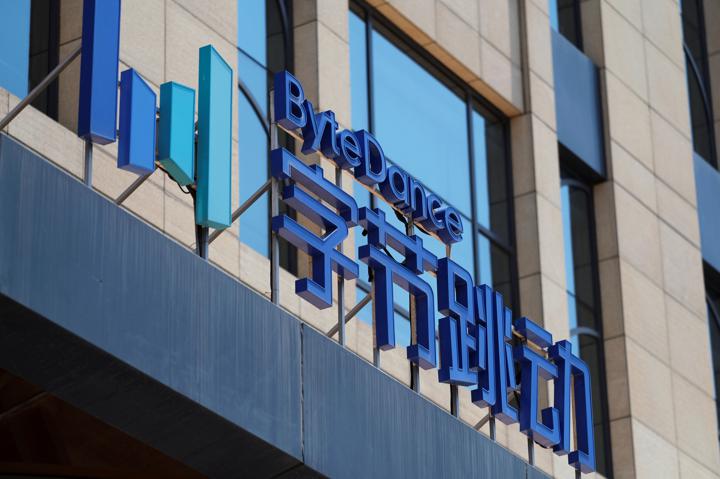
September 20: Trump’s original “transaction deadline” is postponed to September 27.
September 20 is also the “deadline day” for WeChat in the US as defined by Trump administration’s executive order. However, Federal Judge Laurel Beeler issues a temporary injunction order, stating that the injunction is suspected of violating important laws such as the First Amendment to the US Constitution, the affirmative clause, and the procedural justice clause, and prevents an executive order from the US Department of Commerce.
Also, updated details of Oracle and TikTok are released: Oracle and Walmart will invest $7.8 billion and $4.7bn, respectively, to acquire 20% of TikTok.
September 21: Trump is not happy. If ByteDance continues to maintain control of TikTok’s new US company after the transaction with Oracle, he will withdraw his temporary “blessing” for this transaction.
Oracle will get all the control and profits, and everything in TikTok will be transferred to Oracle’s cloud, which will be fully controlled by Oracle, he says.
This is wishful thinking; Zuo Xiaodong, vice president of the China Academy of Information Security, says in exclusive interview with Global Information that it is “seriously unfair” that the US government wants to control all TikTok operations in the US by all means.
September 23: TikTok says it’s requested a court suspends the ban on September 27. ByteDance says it’s submitted an application with the Beijing Municipal Bureau of Commerce in accordance with the new export control regulations of the Ministry of Commerce and is waiting for acceptance.
September 26: Three TikTok content creators in US file a request to a Pennsylvania judge to temporarily block the government, but the judge rejects the request. The three state that if the government bans TikTok from being downloaded, they will “lose access to tens of thousands of potential viewers and creators every month, and the threat of a complete shutdown of TikTok is approaching, and this impact is further expanded”.
September 27: TikTok’s end date in US. According to previous “requirements” of the Trump administration, it will be officially removed from major US app stores at midnight. Installed users will still be able to use it until November 12 when TikTok will not be able to use servers in the US.
September 28: Xinhua News Agency issues an alert: The US District Court for the District of Columbia rules to suspend the implementation of the order to remove TikTok from American mobile app stores.




